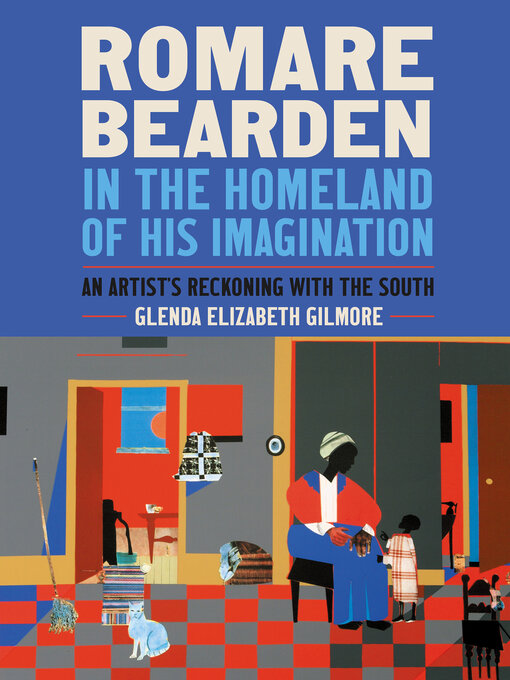-
Description
-
Details
-
Reviews
Gilmore explores four generations of Bearden's family and highlights his experiences in North Carolina, Pittsburgh, and Harlem. She engages deeply with Bearden's art and considers it as an alternative archive that offers a unique perspective on the history, memory, and collective imagination of Black southerners who migrated to the North. In doing so, she revises and deepens our appreciation of Bearden's place in the artistic canon and our understanding of his relationship to southern, African American, and American cultural and social history.

Kindle Book
- Release date: March 10, 2022
OverDrive Read
- ISBN: 9781469667874
- Release date: March 10, 2022
EPUB ebook
- ISBN: 9781469667874
- File size: 21403 KB
- Release date: March 10, 2022

Loading
Formats
Kindle Book
OverDrive Read
EPUB ebook
subjects
Languages
English
Gilmore explores four generations of Bearden's family and highlights his experiences in North Carolina, Pittsburgh, and Harlem. She engages deeply with Bearden's art and considers it as an alternative archive that offers a unique perspective on the history, memory, and collective imagination of Black southerners who migrated to the North. In doing so, she revises and deepens our appreciation of Bearden's place in the artistic canon and our understanding of his relationship to southern, African American, and American cultural and social history.

-
Details
Publisher:
The University of North Carolina Press
Kindle Book
Release date: March 10, 2022
OverDrive Read
ISBN: 9781469667874
Release date: March 10, 2022
EPUB ebook
ISBN: 9781469667874
File size: 21403 KB
Release date: March 10, 2022
-
Creators
- Glenda Elizabeth Gilmore - Author
-
Formats
Kindle Book
OverDrive Read
EPUB ebook
-
Languages
English
-
Reviews

Loading
Why is availability limited?
×Availability can change throughout the month based on the library's budget. You can still place a hold on the title, and your hold will be automatically filled as soon as the title is available again.
The Kindle Book format for this title is not supported on:
×Read-along ebook
×The OverDrive Read format of this ebook has professional narration that plays while you read in your browser. Learn more here.
